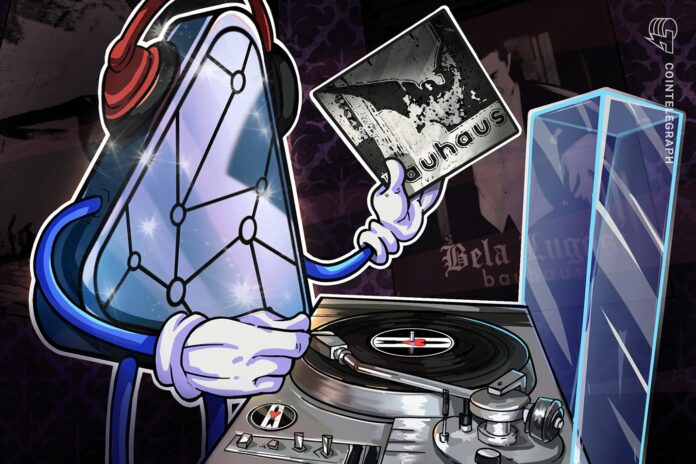Hype around nonfungible tokens (NFTs) has cooled down, however innovative use cases for these digital assets continue to appear on the scene. Particularly in the music industry, which has been fertile soil for use cases of emerging Web3 tools in recent years.
On April 5th the DJ, producer and eco-warrior BLOND:ISH announced a new NFT project, which once purchased unlocks physical copies of her latest album on vinyl record.
Cointelegraph reached out to BLOND:ISH for more details on the usage of NFTs as a gateway to unlocking physical items as a part of a new music release.

The vinyl itself is made from “naturally occurring bacteria” that mimics plastic and can decompose in any environment including the ocean. Typically, vinyls are pressed from the material polyvinyl chloride, also known as PVC, and releases twelve times the amount of greenhouse emissions.
NFTs have been used in the past by artists as a component to album releases, and even as a new mode for music streaming. This latest vinyl drop is an example of the growing phygital trend in the NFT scene, in which digital assets have a physical component to them.
Related: Preserving and reinventing music festival legacy in the metaverse
Last August, the popular rock group Muse released an NFT album. The album being released as an NFT was a music industry landmark as it became the newest chart-eligible album format to be added in seven years.
Many mainstream music artists like Snoop Dogg, who is a long time champion for the Web3 space, have utilized NFTs in single releases or to promote additional content alongside their music.
There have even been questions of a new genre of NFT-driven music coming onto the scene for artists who inextricably tie their releases to NFT projects.
Music industry behemoth Sony Music filed a trademark application for NFT-authenticated music back in September 2022, while last month Spotify tested a new Web3 wallet integration for token-enabled playlists.
Magazine: Andy Warhol would have loved (or possibly hated) NFTs
Hits: 0









